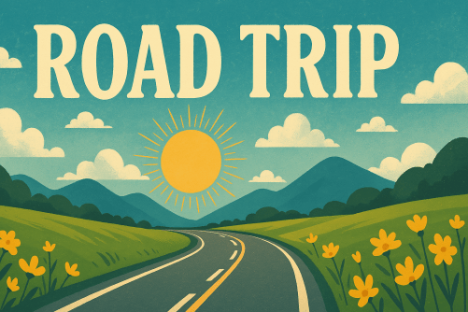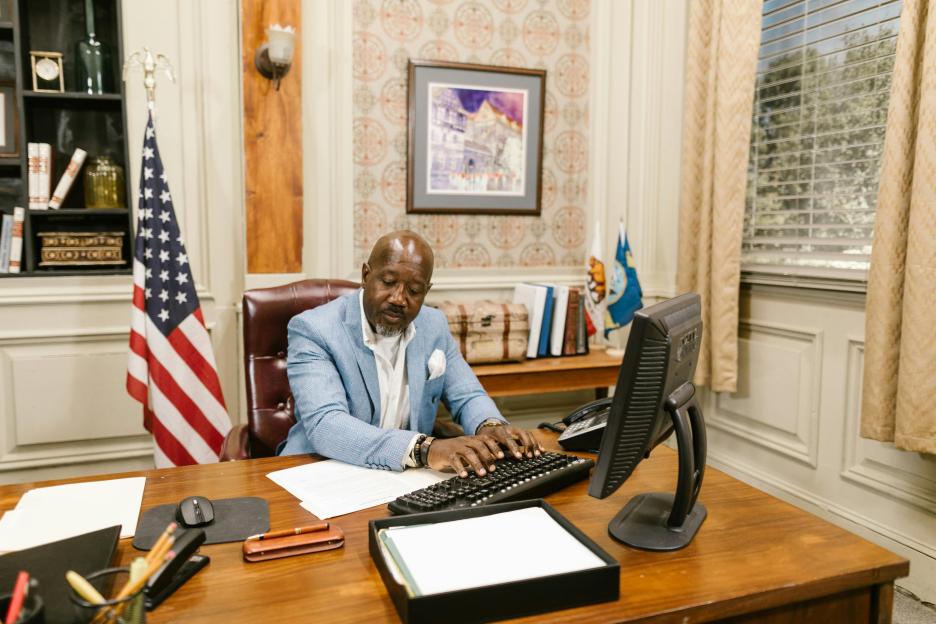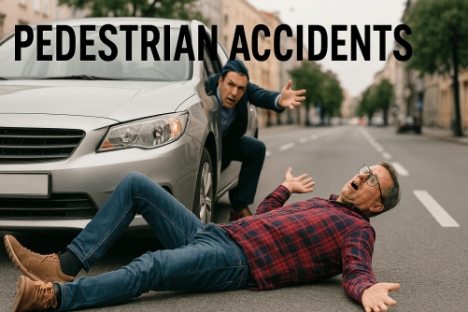How many people double-check their safety plans before hitting the road—really double-check them? Road trips are supposed to be fun and freeing, but they also come with risks that are easy to overlook until it’s too late.
From vehicle maintenance and forgotten essentials to group coordination and motorcycle-specific precautions, the smallest oversights can quickly escalate. Let’s break down the often-forgotten safety steps that make a big difference, helping you travel smarter, safer, and with fewer surprises.
The Most Commonly Forgotten (but Crucial) Pre-Trip Checks
Before any road trip, it’s easy to focus on playlists and snacks while forgetting the mechanical basics. Checking tire pressure, including the spare, is essential—not just for safety but for fuel efficiency too. Top off all fluids (oil, brake fluid, coolant, windshield washer) and test your brakes and battery. A simple 10-minute checkup or quick visit to a mechanic can prevent serious problems hundreds of miles from home.
Equally important is confirming your documents are up to date. That means a valid driver’s license, current insurance, and any roadside assistance memberships. It’s also smart to have both digital and printed copies of emergency contacts, medical info, and your itinerary. If you're heading into rural or wildfire-prone areas, check road conditions ahead of time. These steps aren’t exciting—but they make all the difference if something goes wrong.
Packing Safety Essentials You’ll Wish You Had Later
An emergency kit shouldn’t be optional. Include a first-aid kit, flashlight with extra batteries, road flares or reflectors, and a basic tool kit. Add bottled water, snacks with a long shelf life, a phone charger that works in your car, and a blanket. You may never use it—but when you need it, you really need it.
Many people forget items that are cheap but lifesaving. A reflective vest improves visibility during nighttime breakdowns. Duct tape can temporarily patch up everything from a loose bumper to a leaking hose. A whistle helps in remote areas with no cell service. Pack a multi-tool and a laminated card listing emergency numbers—because your phone isn’t always guaranteed to work.
Traveling With Others: Safety in Numbers (If Done Right)
Group trips require a bit more planning, especially when safety’s at stake. Before you leave, talk through emergency roles—who’s the main driver, backup driver, navigator, and point of contact if someone gets lost. Sync locations on phones or use a group tracking app like Life360 so everyone can stay connected even if you separate during the trip.
Car safety goes beyond seatbelts. Make sure children are in age-appropriate car seats and that everyone buckles up correctly. Schedule regular rest stops to prevent fatigue and avoid hangry moods by packing snacks and water. If you’re bringing pets, secure them with harnesses or crates, and never leave them in a parked car—heatstroke can happen in minutes even on mildly warm days.
Tech That Keeps You Safe—When You Remember to Use It
Modern apps can make your trip safer, but they’re only useful if you set them up in advance. Waze can alert you to accidents and hazards in real time, while GasBuddy helps you avoid running on empty. Download offline maps in case you lose service, and make sure your GPS is up to date with your planned route. Relying solely on signal-based navigation can leave you stranded.
Dashcams are increasingly affordable and useful, not just for insurance claims but to understand what went wrong if an incident occurs. Portable power banks can keep your devices running during unexpected delays. Most importantly, agree to send “check-in texts”; if traveling in separate vehicles or when riding ahead—it's a small habit that helps everyone stay safe and accountable.
Motorcycle-Specific Safety Tips
Motorcycle riders need to do even more prep than drivers. Start with gear—helmet, gloves, boots, a jacket with armor, and weather-appropriate layers. Make sure everything fits properly and is in good condition. Before riding, do a full inspection: check the tire pressure and tread, oil level, brake function, and lights. Small issues can become dangerous fast at high speeds.
If you’re riding in a group, stick to a staggered formation and establish hand signals for basic communication. Pack a tire repair kit, small air compressor, rain gear, and a portable phone charger.
Riders are more vulnerable to sudden weather shifts, so always check the forecast before heading out. And don’t underestimate fatigue—plan fuel stops that also allow for hydration and stretching. And while you hope to never need it, don’t forget to keep the contact of a trusted motorcycle accident lawyer handy, just in case.
What to Do If Something Goes Wrong
If your vehicle breaks down, pull off to a safe location as far from traffic as possible. Turn on your hazard lights and use reflective triangles or flares to make your car visible. Stay inside the vehicle if you’re on a highway unless you absolutely must exit. For motorcycles, move off the road immediately and signal distress using your lights or phone if possible.
For medical issues, having a stocked first aid kit and knowing how to use it can help while waiting for emergency responders. If someone gets lost or separated, the group should stick to a pre-discussed rendezvous plan—this is especially important for riders or groups with multiple vehicles. Stay calm, make contact if possible, and avoid panic-based decisions like backtracking without a plan.
Conclusion
What’s the point of a road trip if a preventable issue cuts it short? Taking the time to plan properly, check your vehicle, and coordinate with others—especially when traveling in groups or on motorcycles—can make the difference between a smooth journey and a dangerous setback.
Safety isn’t just about gear or apps. It’s about thinking ahead, staying alert, and preparing for what others often forget. A little effort before you leave goes a long way once you’re on the road.





